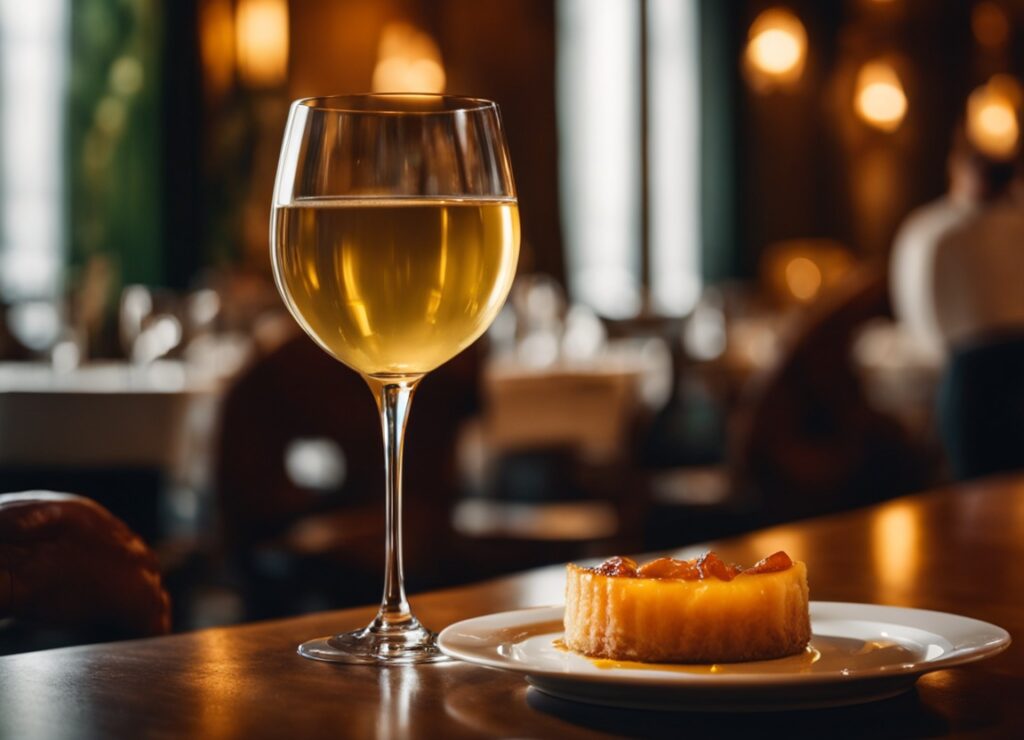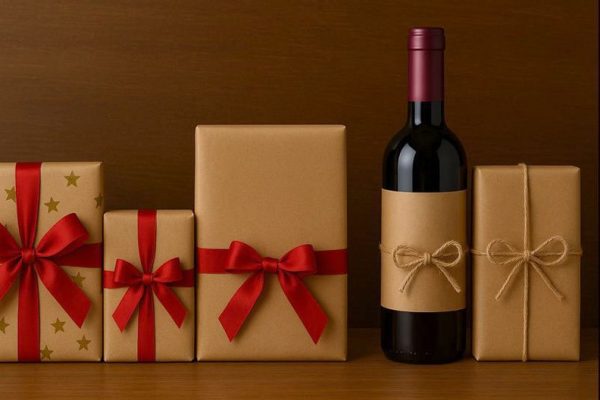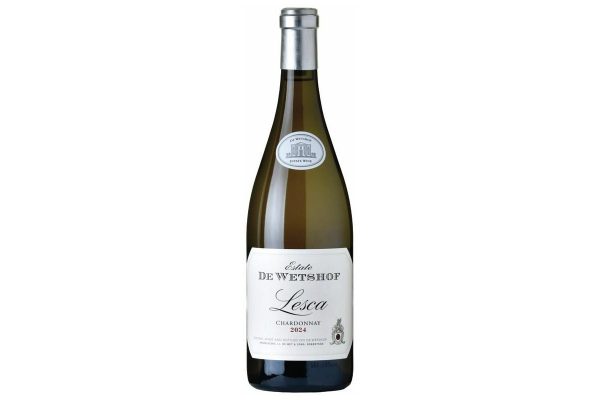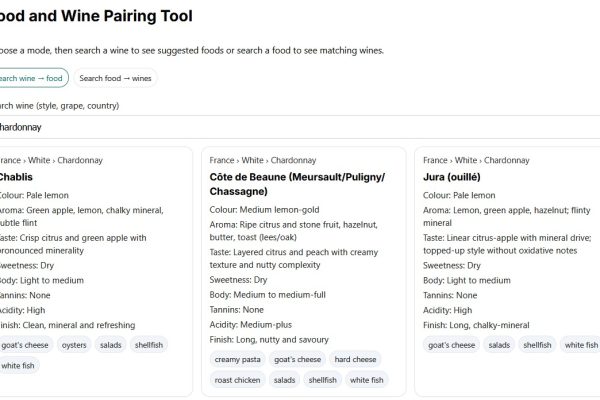
Pairing wine with sweet courses, such as desserts, is a great way to enhance the overall dining experience. The key is to select wines that complement or contrast the flavours in the dessert without overwhelming them. Here are several wine options to consider for various types of sweet courses:
- Sparkling Dessert Wines
Moscato d’Asti: Lightly sparkling, with peach and apricot notes, this wine from Piedmont, Italy, is a wonderful match for fruit-based desserts or light pastries.
Asti Spumante: Also from Piedmont, this sweeter, more effervescent counterpart to Moscato d’Asti pairs well with fruit dishes and light cakes. - Sweet White Wines
Sauternes: This luxurious wine from Bordeaux, France, features flavours of apricot, peach, and honey. It pairs beautifully with blue cheeses and fruit-based desserts.
Riesling (Late Harvest): Offering a balance of sweetness and acidity with notes of honey, apricot, and sometimes a hint of citrus, late harvest Rieslings are versatile and can complement a wide array of sweet dishes, including spicy ones. - Fortified Wines
Port: With its rich, sweet profile, Port is a classic choice for chocolate desserts, cheese plates and nut-based sweets. Tawny Port, with its nutty and caramel notes, pairs exceptionally well with caramel desserts and cheese.
Madeira: Its unique caramelised flavours make Madeira an excellent companion to chocolate desserts, rich cakes and even sweet and savoury dishes like cheese boards. - Sweet Red Wines
Recioto della Valpolicella: This Italian sweet red wine offers deep flavours of red fruit, chocolate, and spices, making it a great match for chocolate desserts and blue cheese.
Brachetto d’Acqui: A lightly sparkling sweet red, with notes of strawberries and floral hints, perfect for fruit desserts and chocolate.
Tips for Pairing:
- The wine should be at least as sweet, if not sweeter, than the dessert to avoid it tasting bland.
- Consider the weight and texture of both the wine and the dessert. Light desserts pair well with lighter wines, while richer desserts can handle fuller-bodied wines.
- Acidic wines can provide a nice contrast to very sweet desserts, adding a refreshing element.













